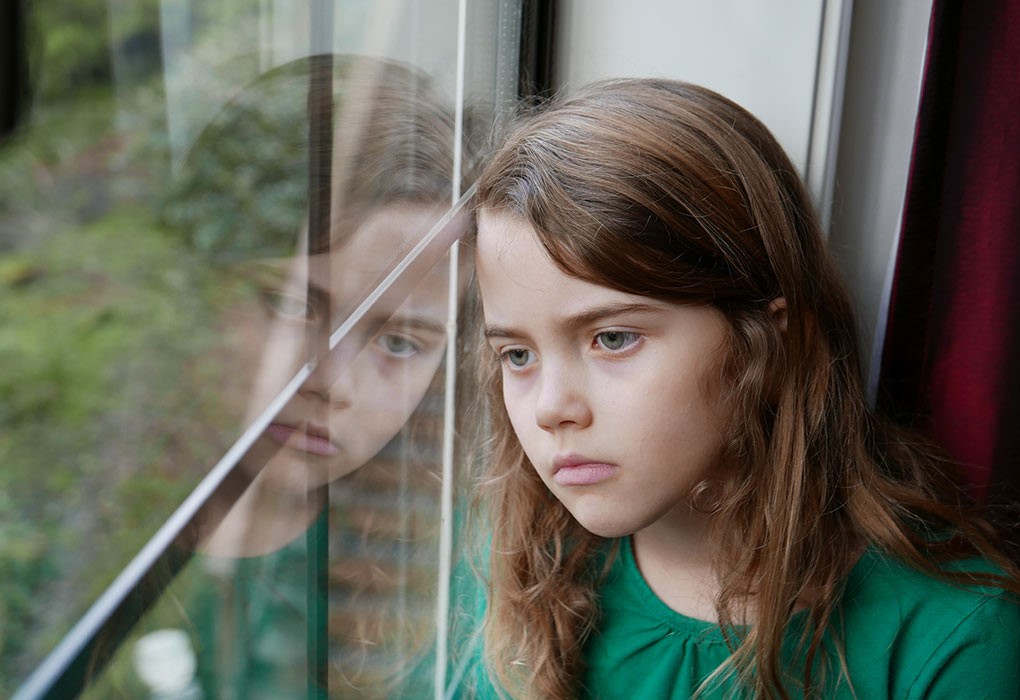Post-Traumatic Stress Disorder in Children
Post-traumatic stress disorder (PTSD) is a condition that develops shortly after a child has been exposed to something traumatic, either mentally or physically, which causes him to have frightening and recurring memories or flashbacks of the event.
Overview of PTSD:
Every year, more than 400,000 children suffer from post-traumatic stress disorder (PTSD). It occurs when a child exhibits symptoms such as fear or shock for at least one month after experiencing a traumatic event.
PTSD symptoms may appear soon after a traumatic event. Alternatively, they could take 6 months or longer to occur. Some children with PTSD suffer from long-term consequences. For a long time, they may feel emotionally numb. PTSD in children frequently develops into a long-term (chronic) issue.
PTSD symptoms can last for six months or longer in some cases, but it is usually treated within three months. If left untreated, PTSD in children can progress into a chronic condition.

Symptoms of Post-Traumatic Stress Disorder in Children
The majority of PTSD-affected children and teenagers will:
- Have disturbing recollections of the trauma
- Have trouble sleeping or having bad dreams
- Have disturbing memories, known as flashbacks, that make it appear as if the trauma is still occurring
- Stay away from anything that reminds them of the trauma
- Be frightened, scared, or anxious more easily
- Be more moody, sad, angry, or not enjoy things as much as the child used to be
- Be unable to recall certain details of what occurred
Younger children may exhibit more fearful and regressive behaviors (regressing to a previous level of development), and they may play out the trauma.
Causes of PTSD in Children
While any traumatic event can cause PTSD symptoms, the following are some of the most common ones:
- Mishaps, such as car or plane collisions
- Natural disasters like floods and earthquakes
- Acts of terrorism or war
- Violent crimes like home invasions, kidnappings, and murders
- Abuse (physical, emotional, or sexual) (either of the child or of another family member in front of the child)
- Neglect
- Fires in the home
- Being exposed to violence in the classroom or in the community
- Family member or friend’s suicide
Committed to helping
people who want to help themselves
Risk factors of PTSD in Children
The following factors can increase a child’s risk of developing PTSD:
- The child’s proximity to the traumatic event
- The severity of the incident
- The duration of the event
- If the event occurred more than once
- The child’s ability to bounce back quickly from adversity (resiliency)
- The child’s ability to cope
- After the event, how supportive a child’s family and community are
Complications of Post-Traumatic Stress Disorder
Internalizing and/or externalizing stress reactions are common in children, and as a result, they may experience significant depression, anxiety, or anger. Their emotional reactions could be erratic or explosive. When a child is reminded of a traumatic event, they may react with trembling, anger, sadness, or avoidance.
Prevention of Post-Traumatic Stress Disorder in Children
There are a few things you can do to keep your kids from developing PTSD, including:
- Encourage prevention programs in your community or school by taking an active role.
- Teach your children that it is acceptable to refuse someone who touches their bodies without their permission or makes them feel uncomfortable.
- Preventing trauma risks such as maltreatment, violence, or injuries, as well as reducing the impact of unavoidable disasters on children, can help a child avoid PTSD.
Committed to helping
people who want to help themselves
Diagnosis of Post-Traumatic Stress Disorder
A child must have witnessed, heard about, or been a part of an upsetting or dangerous event to be diagnosed with PTSD. They must then display signs of extreme anxiety. These signs are categorized into three groups:
- Contemplating, dreaming about or enacting the event
- Feeling numb, having trouble concentrating, and having trouble connecting with others
- Being easily irritated, fearful, or having trouble sleeping
After the event, the symptoms must last at least a few months. That’s because it’s natural for a child to be upset after a traumatic event. Symptoms could appear months or years later.
Treatment of Post-Traumatic Stress Disorder
Both therapy and medication are frequently used to treat PTSD in children.
Psychotherapy and cognitive behavioral therapy are the two most common types of therapy for children with PTSD.
Psychotherapy enables children to express their trauma through speech, drawing, play, or writing. CBT (cognitive behavior therapy) teaches children how to cope with their fears. The child does not discuss the upsetting event directly in CBT but instead learns skills to deal with difficult feelings. A parent or another person who looks after the child is almost always involved in PTSD therapy.
Antidepressants and anti-anxiety medications can help children with post-traumatic stress disorder (PTSD) feel less fearful and anxious. Prazosin, a blood pressure medication, can also help children who have a lot of nightmares.
